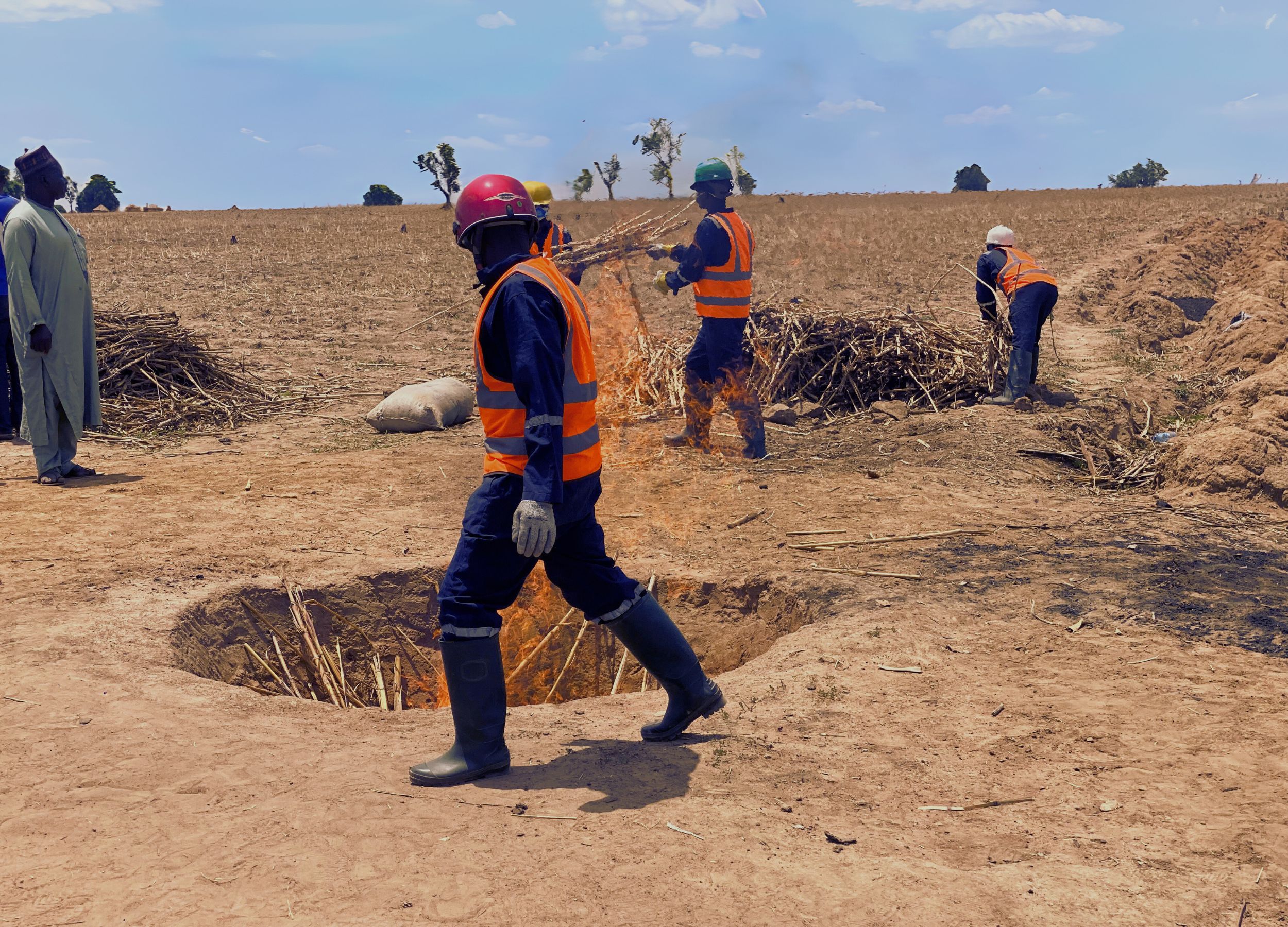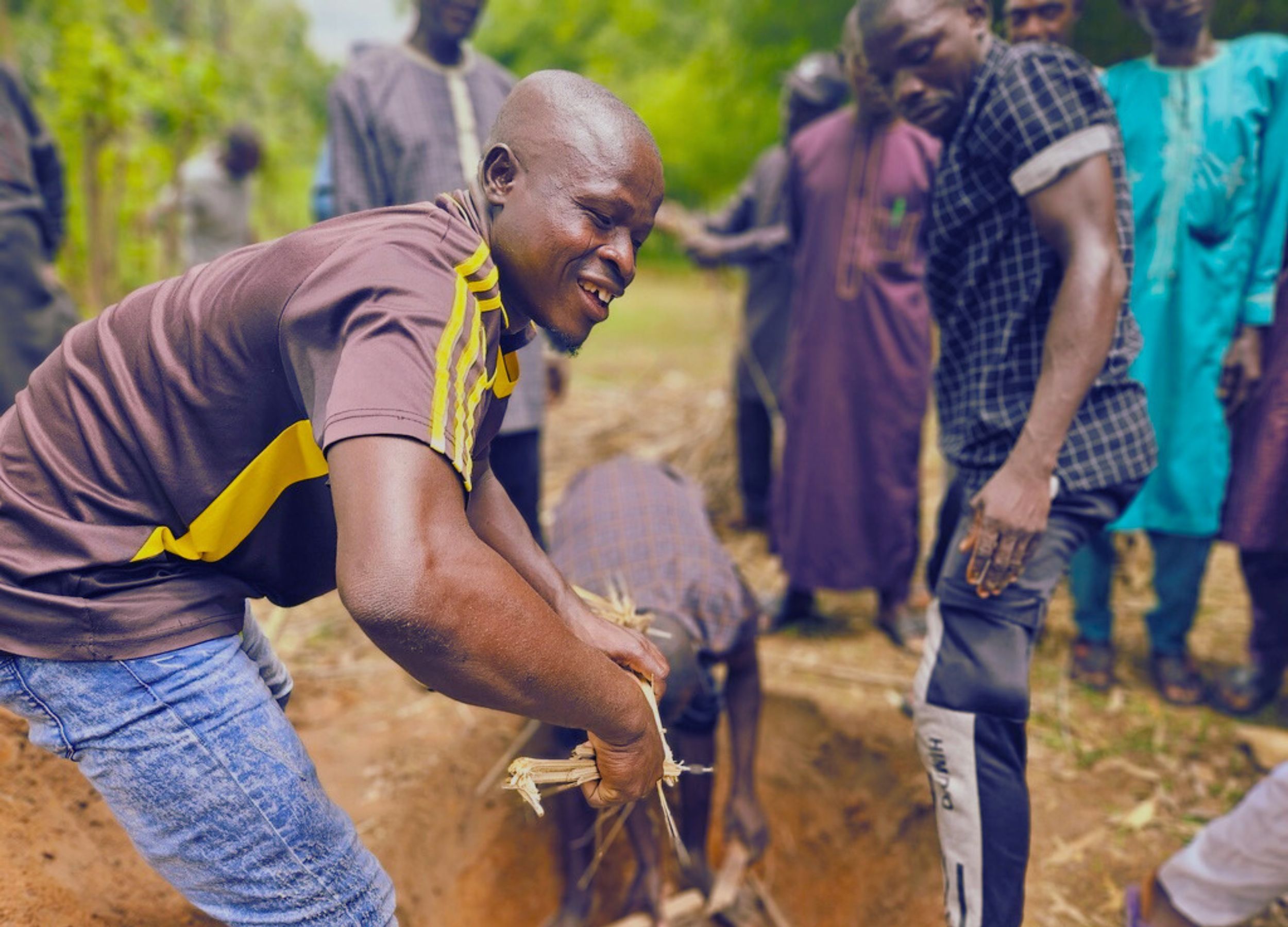climate solutions
for the planet
and people.
Transparent, traceable & durable carbon removal that strengthens communities and restores ecosystems.

What We offer
Endorsed by Carbon Standards International (CSI), we ensure every ton of CO₂ removed is real, additional and durable. Through end-to-end tracking, digital MRV, mobile data collection, AI analysis, and third-party audits, each production event is transparently monitored and verified - creating a science-based, scalable model for high-integrity carbon removal.


We precisely know the when, where and how much carbon is sequestered by each of our Climate Agents.This information is transparently available and makes climate action more tangible.


Co-benefits
Our projects are designed to bring significant environmental and social co-benefits, such as, soil improvements (water retention, crop productivity), reduction of dependence on chemical fertilizers, creating income opportunities for communities and hence strengthening resilience.


We focus on financial redistribution and community empowerment. The sales of our Carbon Removal Credits help rebalance historical inequities by including the most vulnerable who are disproportionally affected, and integrating them as climate agents into the growing climate economy.

Our Numbers


.svg)
.svg)













